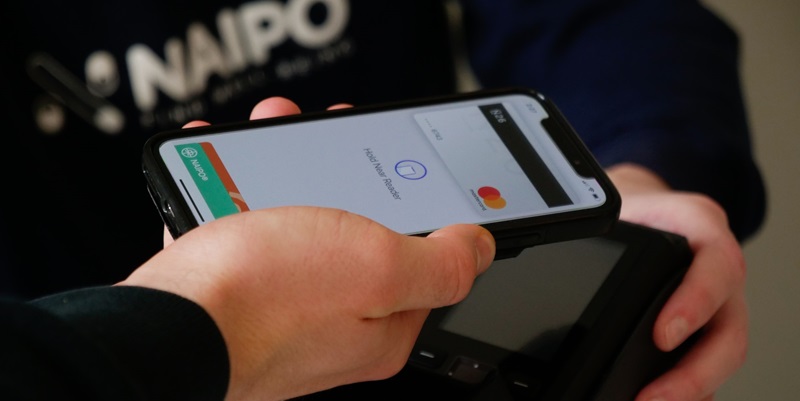In an ever-evolving retail landscape, innovations in and around the point of purchase have become essential for improving the overall customer experience. Whether it is in-store or online, technology plays a pivotal role in streamlining operations, enhancing security, and personalizing interactions. As we approach the holiday season, retailers must reimagine the power of payments to strengthen their defenses, ensure efficiency while staying secure, and provide personalized experiences for their customers.
Enhancing Security through Payments Technology
The technology that can be implemented around the payments process brings a range of security benefits, allowing retailers to address and mitigate potential theft. With the constant threat of thieves, retailers must stay one step ahead. By utilizing advanced payment technologies, they can combat fraudulent activities and protect their business interests. These technologies offer secure transaction methods such as tokenization and encryption, making it difficult for hackers to exploit sensitive payment data.
Reimagining Payments for Efficiency and Security
The holiday season brings an influx of customers, and retailers must ensure an efficient and secure environment. By reimagining the power that payments can hold, retailers can strengthen their defenses, ensure efficiency while also staying secure, and provide greater personalized experiences for their customers. Modern payment systems can bring convenience through features like mobile wallets, contactless payments, and quick checkout options, allowing customers to have a seamless buying experience.
Case Study: Amazon Fresh Stores
Amazon Fresh stores have been pushing the boundaries of payment technology with their innovative “just walk out” concept. This technology allows customers to enter the store, grab the items they need, and leave without going through a traditional checkout process. By using a combination of sensors, computer vision, and machine learning algorithms, Amazon tracks customer activities and automatically charges their Amazon account for the items they took. This payment innovation not only supports sales and drives better customer interactions but also eliminates the risk of theft or shrinkage.
Utilizing Computer Vision for Security
Computer vision technology plays a significant role in tightening the security of self-service kiosks. By implementing advanced computer vision systems, retailers can detect anomalies during checkout, identifying instances where products aren’t scanned properly or suspicious activities occur. This technology enables real-time monitoring and alerts staff when there are potential security breaches, reducing the risk of theft or fraudulent activities.
Leveraging Customer Data for Personalization
Retailers have a wealth of customer data at their disposal, which can be leveraged to build a more accurate picture of shopper behavior. By analyzing this data, retailers can gain insights into customers’ preferences, purchase history, and shopping patterns. With this information, retailers can offer more personalized recommendations, discounts, and promotions tailored to each customer, ultimately enhancing their overall shopping experience.
Balancing Efficiency and Security
Addressing vulnerabilities that expose retailers to theft requires a delicate balancing act. While implementing robust security measures is crucial, retailers must also consider the potential drawbacks for shoppers and the impact on their overall experience. Implementing excessive technological restraints may create inconvenience, frustration, or even deter potential customers. Therefore, retailers should strike a balance that ensures both security and efficiency without compromising the customer experience.
Hybrid Approach for Efficiency and Security
To ensure both efficiency and security, a hybrid approach that combines technology with human presence is crucial. While technology can automate processes and reduce the potential for human error, it is important to have trained staff available to assist customers, handle exceptions, and monitor any suspicious activities. A combination of technology-driven systems and knowledgeable personnel can provide a secure and efficient environment while still emphasizing the importance of human interaction in delivering exceptional customer service.
Innovative solutions around payments and the point of purchase have the potential to create a secure, efficient, and personalized environment for retailers, especially during the holiday season. By leveraging technology to enhance security, streamline operations, and gain insights from customer data, retailers can offer exceptional experiences that go beyond traditional transactions. However, it is vital for retailers to ensure a delicate balance between efficiency and security, considering the potential drawbacks for shoppers. By adopting a hybrid approach that combines technology with human presence, retailers can safeguard their business interests and create a memorable holiday season for customers and beyond.

